Just north of Tarrytown, NY was a village called North Tarrytown. Not too many years ago North Tarrytown changed its name to the more proper and appealing Sleepy Hollow. The reference is, of course to the story by Washington Irving (April 3, 1783 – November 28, 1859) who was a writer of short stories, biographies, essays and was both a historian and a diplomat. He is the author of both “Rip Van Winkle” who slept for 100 years only to awake and find everything different and “The Legend of Sleepy Hollow” – a story dealing with a headless horseman.
Irving’s parents were William Irving Sr. and his wife Sarah (nee Sanders) who hailed from Quholm, Shapinsay, Orkney Scottish-English immigrants. They lived in Manhattan in NYC for a while and then an outbreak of yellow fever caused the family to send Washington to Tarrytown to stay with a friend there.
It was while he was in Tarrytown that he learned of the nearby Sleepy Hollow with its Dutch customs and ghost stories.

Headless Horseman Bridge
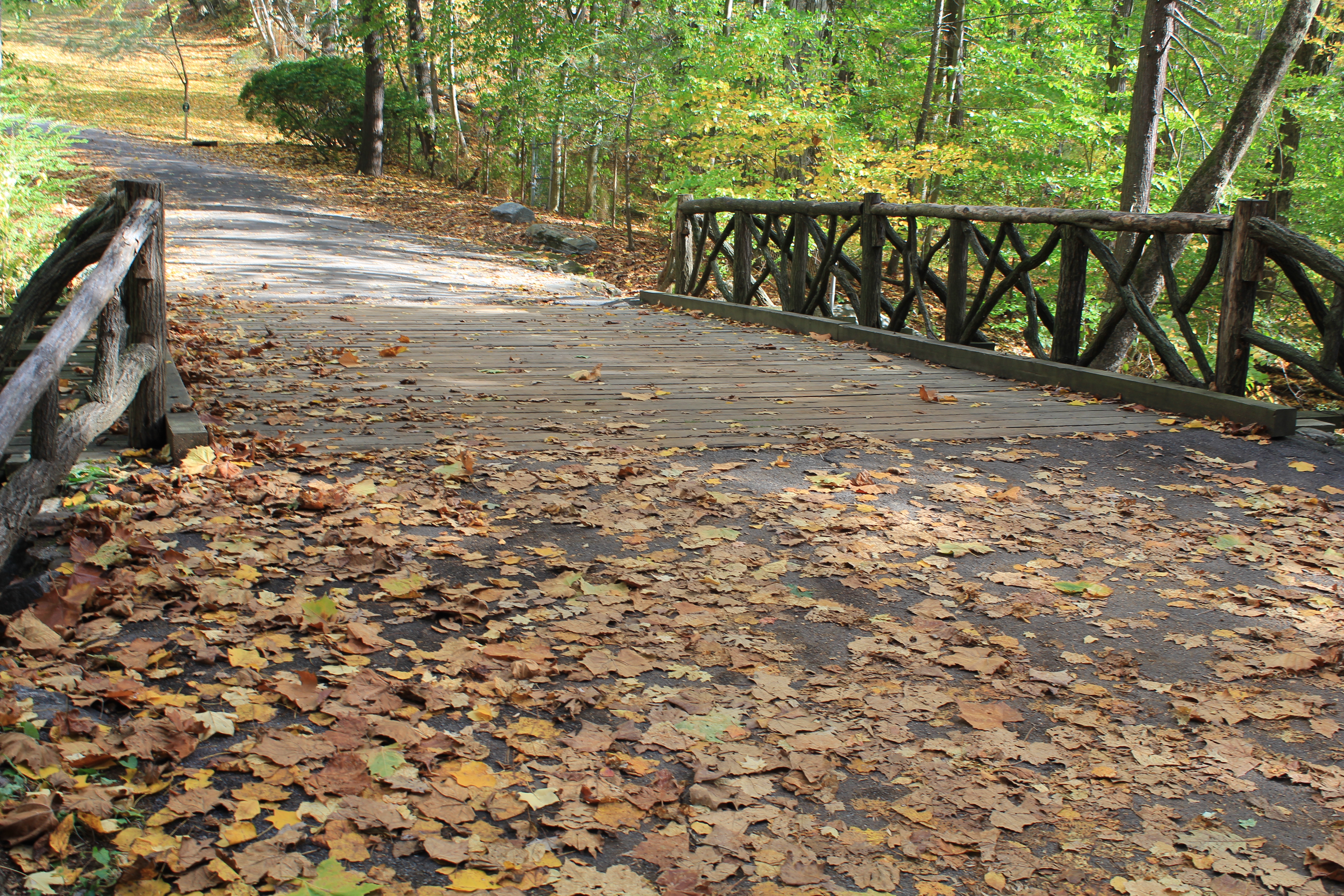
Headless Horseman Bridge
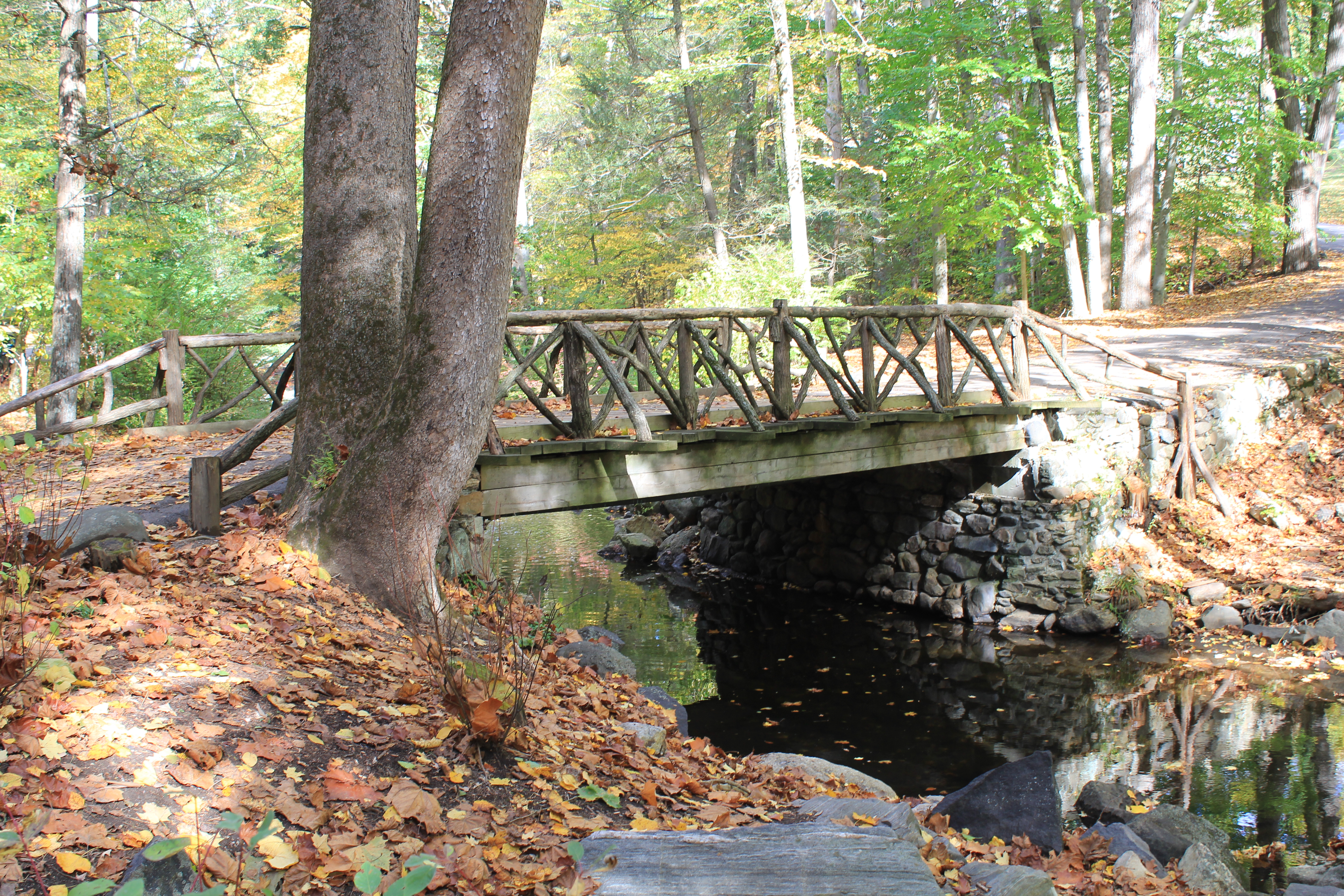
He sometimes wrote under the name of Jonathan Oldstyle, a name which would associate him with his Federalist leanings (a party that wanted a strong federal government with a sound financial base, and were almost fanatically devoted to liberty). Other Federalists included John Marshall, Chief Justice of the Supreme Court for 3 decades and Alexander Hamilton). However it was with the endorsement of then Secretary of State, Daniel Webster in 1842, that the then President John Tylor made Irving Minister to Spain.
Irving was claimed to be the first American “Man of Letters” and to have made his living solely by writing.
Washington Irving along with James Fenimore Cooper were among the first American writers to achieve notoriety in Europe. Walter Scott and Charles Dickens are two European writers who admired his work. They inspired others such as Edgar Alan Poe, Herman Melville, Nathaniel Hawthorn and Henry Wadsworth Longfellow to pursue writing as careers.
Washington Iriving died of a heart attack at the age of 76. He is buried in Sleepy Hollow Cemetery in Sleepy Hollow New York. Longfellow wrote a poem, “In a Churchyard at Tarrytown” commemorating his friend and his grave.
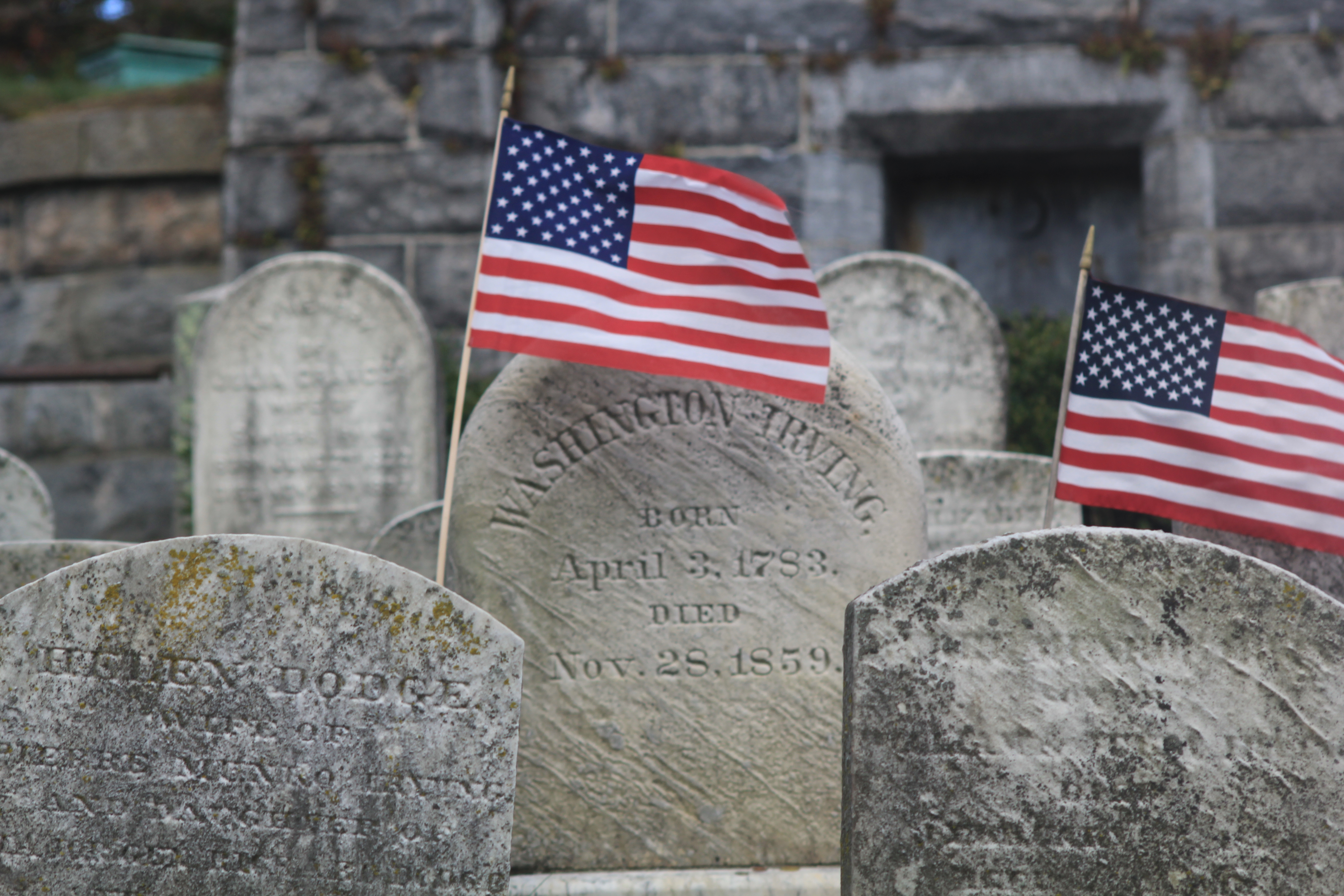
Washington Irving headstone
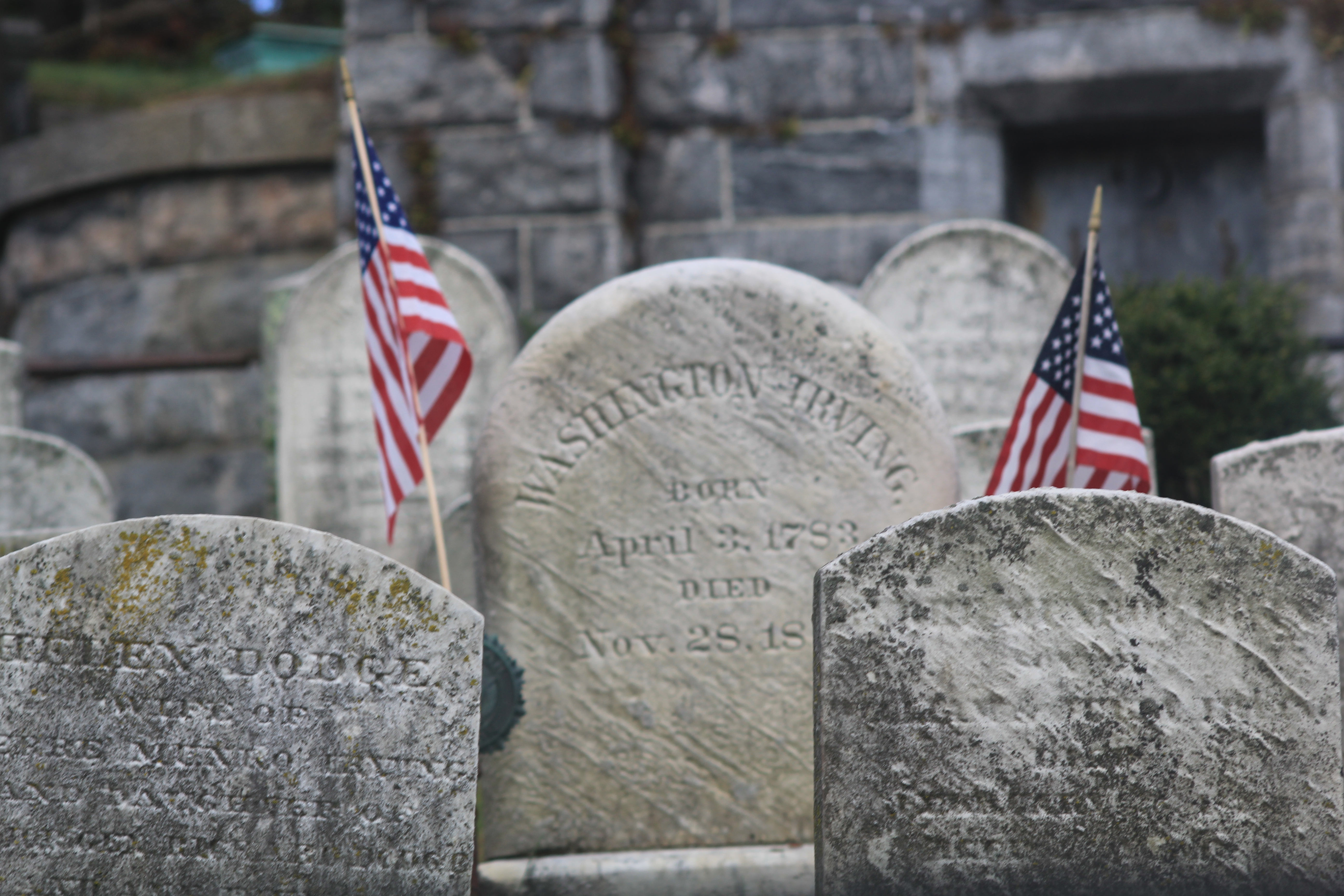
Washington Irving headstone
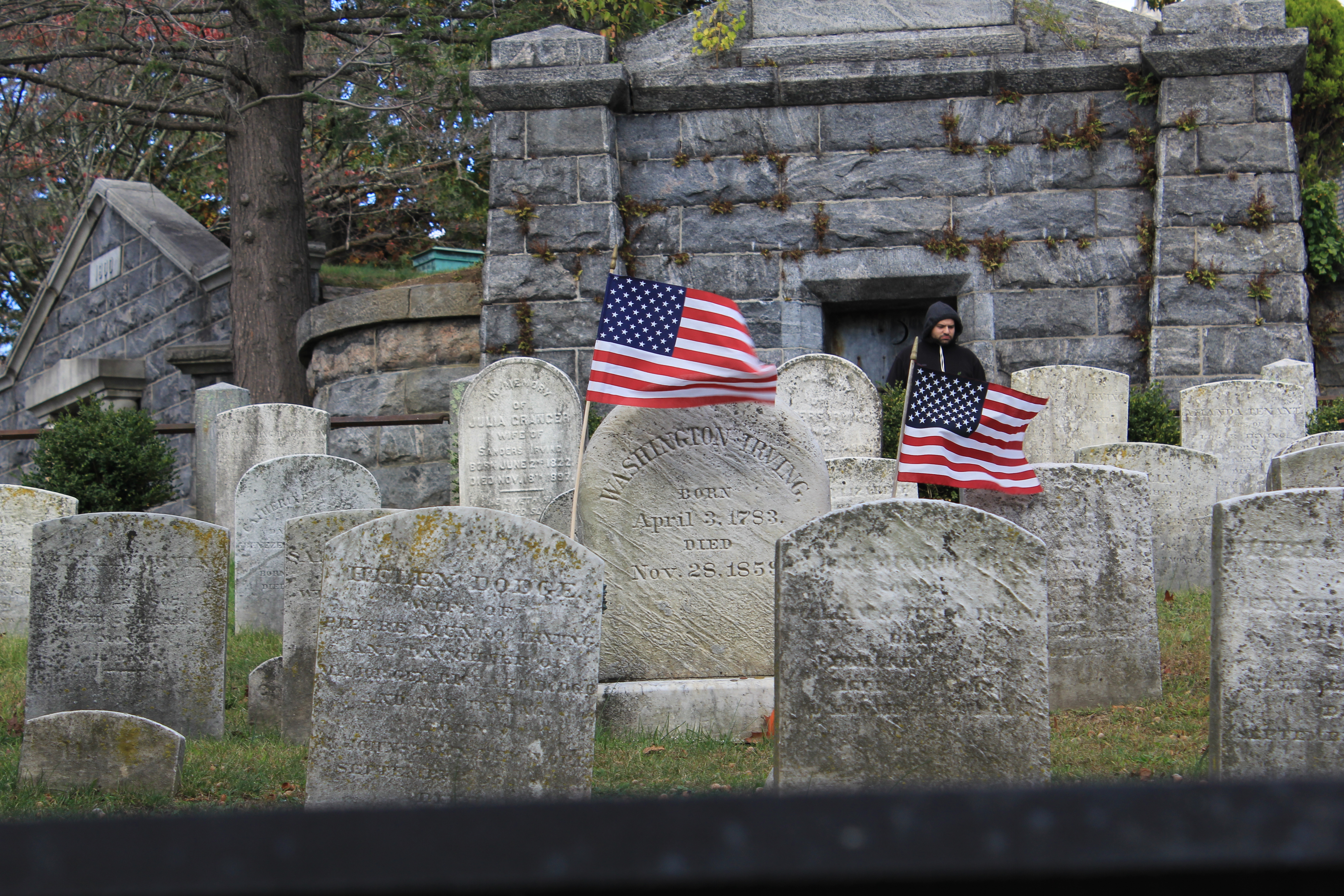
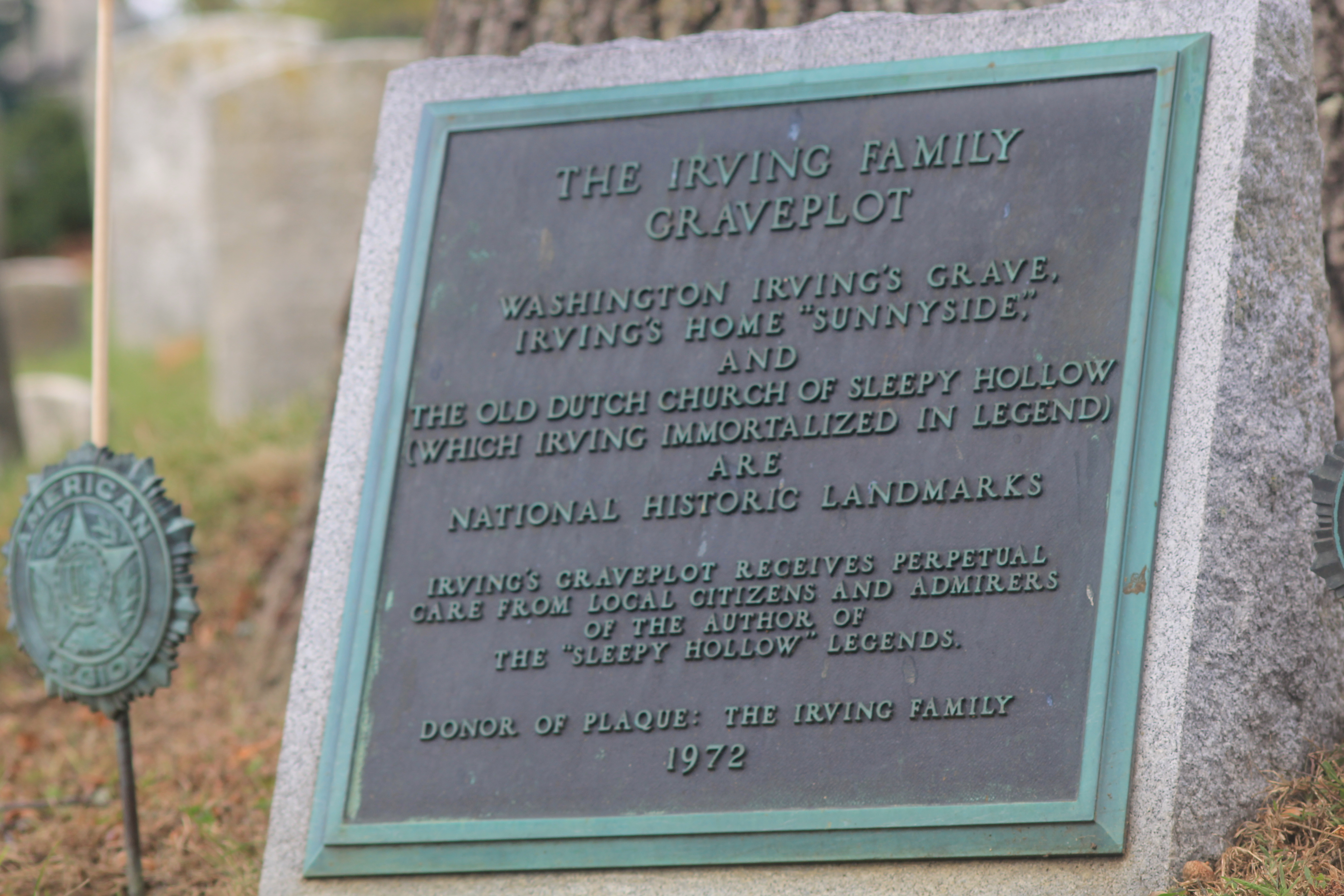
In addition to Washington Irving’s grave, which by the way, is on the way to where you can also visit the “Headless Horseman Bridge” on the cemetery grounds. Maps are available at the entrance.
The grave is on Pauling Ave, near Van Wart Way. The bridge is on Sleepy Hollow Ave and a foot path which leads down from Dingle Road. (These are all streets within the cemetery). You should be warned that the signage in the cemetery is pretty scarce!
Sleepy Hollow Cemetery is also the burial place of another famous Scot-Scottish American – but more about that next month.
Sleepy Hollow Cemetery at 540 N. Broadway, Sleepy Hollow, is about 35 miles north of New York City, about an hour by car. Train service is available from Grand Central Station (a place well worth seeing in itself) to Tarrytown. From there a short walk to the Tarrytown Railway Station. Then a short ride to North Broadway at Sleepy Hollow Cemetery.
Halloween is at home in Sleepy Hollow, and the headless horseman does ride there on Halloween!